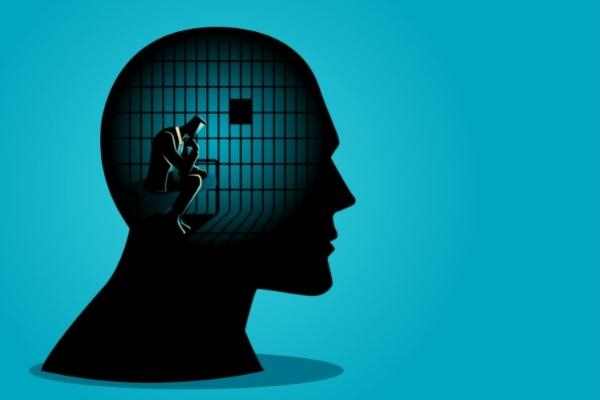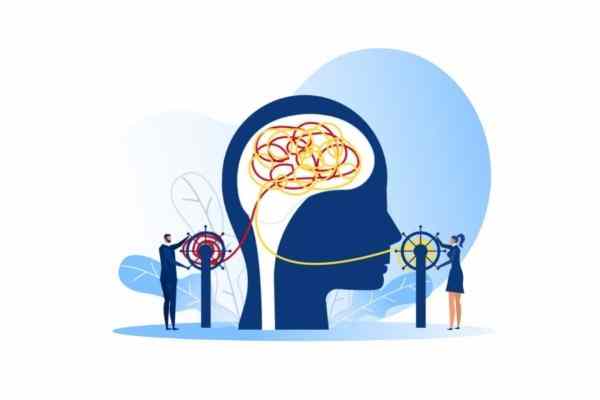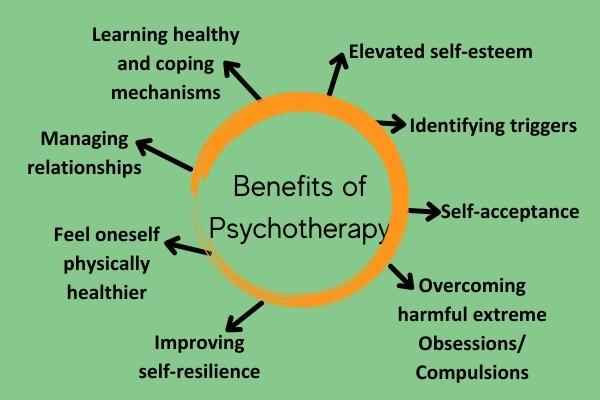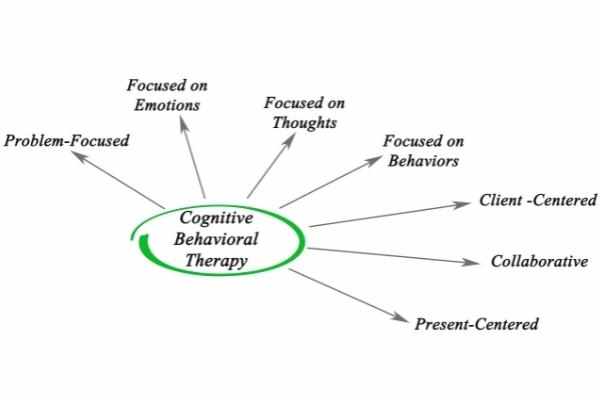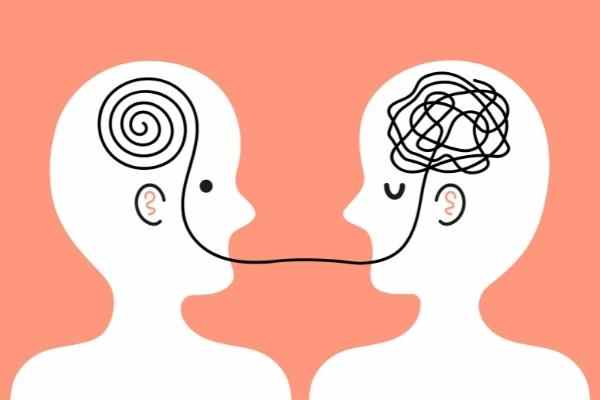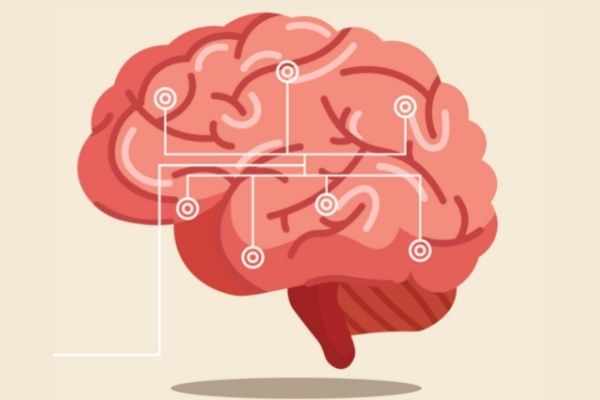When you’re depressed you don’t control your thoughts. Your thoughts control you. I wish people would understand. – Thoughts (via spiritless teenager)
What is Depression?
Depression is a common mental disorder characterized by low moods, sadness, anger with debilitating thoughts, and interferes with people’s everyday activities. The World Health Organization estimates that up to 264 million people of all ages suffer from depression, most of them being women. Severe depression can lead to serious health complications or even suicide. Therefore, it’s not advisable to take it lightly until you get overwhelmed but seek psychotherapy immediately after you notice the symptoms.
What is Psychotherapy?
Psychotherapy involves a one-on-one conversation between patients and psychotherapists. The talk and other techniques are usually deep and involves thorough soul searching to diagnose and treat emotional problems and mental illnesses. Trained psychotherapists and counsellors, ask for details to understand the underlying causes of depression and recommend ways of dealing with them. Psychotherapy has been beneficial over the years, helping people overcome terminal depression.
Psychotherapy includes many different therapies like:
- Eye Movement Desensitization and Reprocessing (EMDR)
- Cognitive Behaviour Therapy (CBT)
- Transactional Analysis (TA)
- Narrative Therapy
- Brainspotting Therapy
- Exposure Therapy
How is Psychotherapy Beneficial to Overcome Depression?
For most people who undergo psychotherapy, noticeable changes include improved communication, self-acceptance, and elevated self-esteem. Psychotherapy also goes a long way in improving patient’s expressions and emotion management, including anger. Its respectful, non-judgmental approach makes patients open up, enabling a psychiatrist to address more profound causes of depression. This way, a patient gains a different perspective on issues and problems and finds ways of dealing with them.
Types of Psychotherapies for Depression
There are several types of psychotherapies that have been shown to be effective in the treatment of depression. Here are some of the most commonly used:
1. Cognitive behaviour therapy (CBT)
CBT combines both cognitive therapy which focuses on moods and thoughts, and behavioural therapy that targets behaviours and actions. It modifies thought patterns to elevate mood. The principle in CBT is that negative feelings are a result of distorted thoughts and beliefs. A CBT psychotherapist will listen to your more profound thoughts and analyze them. This way, they develop balanced ways of responding to depressants causing troubling behaviours and disorders.
Most CBTs will require you to have a journal to record reactions to situations. Then, the physiotherapist assists in breaking them down into different categories of self-defeating thoughts. Eventually, you will replace negative thoughts and perceptions with constructive ones.
2. Eye movement desensitization and reprocessing (EMDR)
EMDR is a psychotherapy that is very well researched. It is extremely effective with past bad experiences, bad memories and overwhelming moments in the past. It is said that when we are in deep sleep, and experience Rapid Eye Movement (REM) sleep, we process our daily memories and slot it in neural networks, easily retrievable when required. Our neural memory network can be compared to a filing system.
However, when there are past overwhelming experiences, either one-off or on a continuous basis, the brain is not able to process it and these experiences are held in the brain as island memories. When these memories are triggered, a person triggers the same feelings, belief, thinking and behaviour.
For example, if a person is told, “You are not wanted or you should have not been born”, this person will suffer from deep trauma that can trigger Major Depression. And this trauma is held as an island memory. As an adult, a rejection or a relationship breakup may trigger the same belief, “I am not important, I am not loved’ and this can in turn be a reason for depression.
EMDR helps patients overcome memories of past traumatic experiences that haunt thoughts and distort feelings. It focuses on two simultaneous tasks, where a patient recalls a traumatic experience while making eye movements. The eye movements mimic REM sleep. This reprograms the brain’s working memory process, making a stressful event less vivid thus, eliminating trauma.
3. Psychodynamic therapy.
Psychodynamic therapy focuses on the main psychological origins of emotional suffering. These psychological issues are manifested in a patient’s behaviour, thinking, and actions. It aims at enabling self-awareness of patients and their understanding of the influence of past traumatic experiences. The principle in psychodynamic therapy is to identify and recognize recurring patterns to prevent defence mechanisms from coping with depression. The psychotherapist uses transference, a trick of transferring a feeling from, say, a parent onto the therapist. This way, it’s easier to relate to a situation and recognizing a recurring pattern causing depression.
A good example of psychodynamic therapy is Transactional Analysis (TA). TA was founded by Eric Berne to explain emotional origins in simple lay people’s language. He introduced the concept of three ego states within every individual – Parent, Adult and Child.

TA helps a person to analyze their repeated patterns. For example, a person may have many experiences where they say, “Why does this always happen to me?”. This pattern can be brought to conscious awareness to help a person start making changes.
TA helps to understand relationship with self, others, and the world. Recognising patterns and programs, help to break them and move away from depression.
4. Dialectical behaviour therapy
It closely relates to cognitive behaviour therapy (CBT) and makes patients focus on living in the moment. A key aspect is being able to regulate emotions and improve relationships with others. However, the main difference from CBT is that it focuses on working with thoughts, emotions, and behaviour, whereas CBT focuses on analyzing how these elements influence each other.
5. Brainspotting therapy
Brainspotting therapy is a mindfulness and brain-based therapy that works by identifying, processing, and releasing core neurophysical sources of trauma and emotional pain. It’s normally enhanced with a bilateral sound that is deep and powerful yet direct and focused. A brain spot is a point in visual space that someone has a strong reaction. It works on the principle – where you look affects how you feel – and activates an aspect of trauma. A psychotherapist will move an object, stopping at points where your focusing triggers trauma. This process locates, focuses, processes, and releases experiences and symptoms out of reach of the conscious mind and its cognitive language capacity.
6. Mindfulness Based Cognitive Therapy (MBCT)
Mindfulness Based Cognitive Therapy (MBCT) combines CBT with mindfulness techniques, such as meditation and breathing exercises. It helps individuals learn to be present in the moment and develop a more positive and accepting attitude towards their thoughts and feelings.
These therapies can be used alone or in combination with medication, depending on the severity of the depression and individual needs. It is important to consult with a qualified mental health professional to determine the best treatment plan for each individual.
Conclusion
When left unattended, depression can be acute, causing severe health problems and, in acute occurrences, suicide. Depression has become prevalent, especially in the modern age where mental health has become common among psychological disorders. It’s therefore commendable to seek help through psychotherapy or talk to people who can offer help when convenient.


